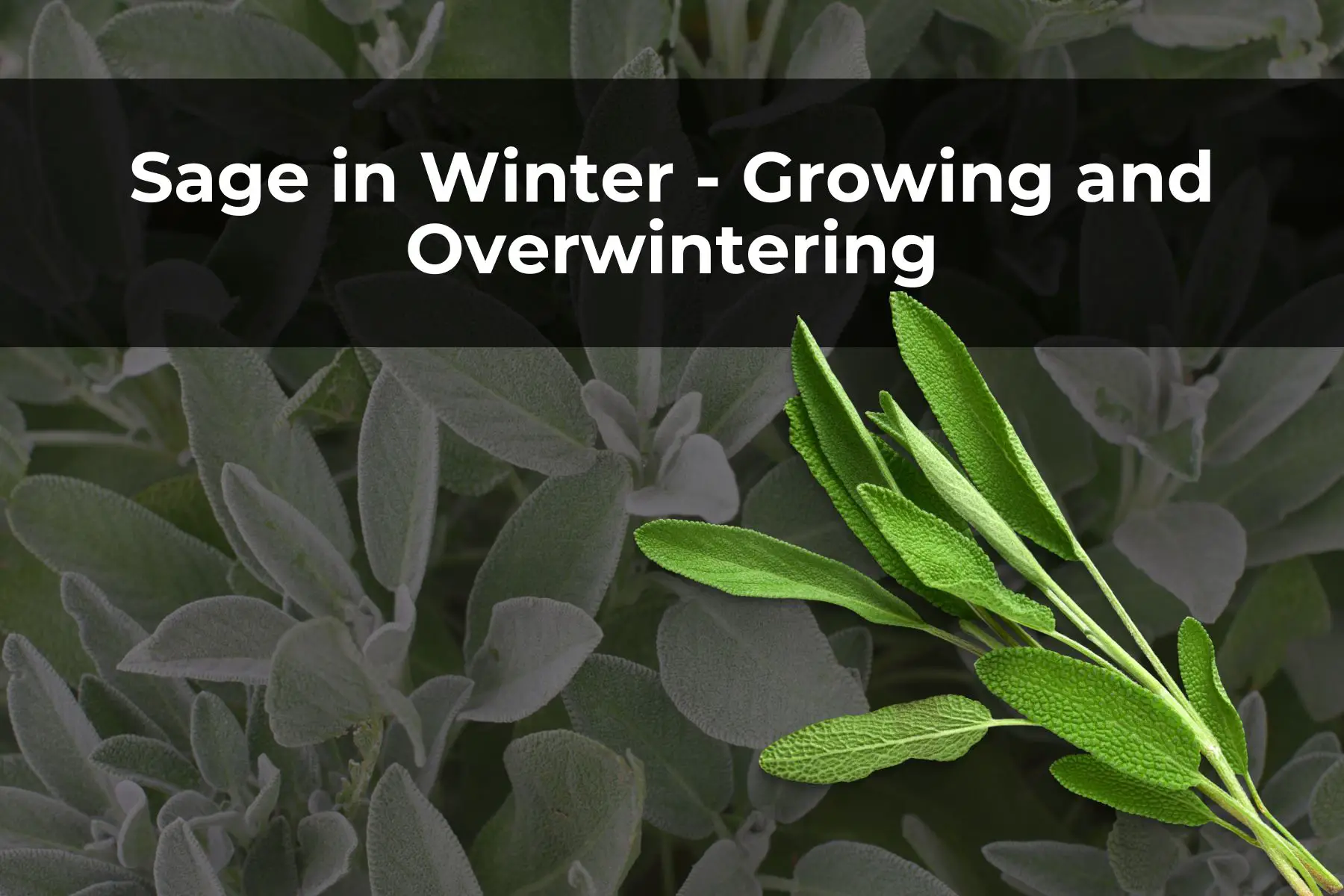Last Updated on April 16, 2024 by Real Men Sow
Sage (Salviaofficinalis), is an edible form of sweet-scented salvias that are grown in ornamental borders. Sage was a perennial, reliable herb that could be used in all climates until recently. These once resilient plants are now becoming more difficult to maintain due to changing weather patterns, wetter winters and drier Summers. Sage can survive winter if it is allowed to do its thing and protected from rain and excessive wind.
Will Sage Grow Back After Winter?
Sage is a resilient plant that likes to slow down after flowering for a few months, but unlike other herbs it does not go completely dormant. You can actually continue to harvest new growth if you keep the sage well-watered, warm, and deadheaded through spring.
Outdoor sage plants will cease producing new growth during their natural cycle. However, they will keep their leaves. New shoots will push away old leaves in spring.
Why Does Sage Die In Winter?
Root rot and stem-rot from improper pruning are the most common causes of sage dying in winter. These simple rules will ensure your sage is back in spring.
- Excellent drainage is key to the success of sage plants
- Do not prune in winter or fall
- Winter: Protect your Sage from snow, hail, and rain
How To Overwinter Sage
Pruning
If there are any signs of diseased growth or damage, don’t prune sage until spring. If you prune sage in winter or fall, it can lead to stem rot that won’t heal until spring and put the plant at serious risk.
Sage can be described as a woody herb because it becomes small shrubs over time. The young shoots are susceptible to infection and rot from improper pruning or dirty tools.
This is also true for harvesting sage. Harvest it in spring or early-summer to allow the plant to regenerate, flower, and enter dormancy. Leave its foliage intact.
Containers
Sage is a good sage plant. This is why it is best to grow it in containers. This allows you to move your sage plants indoors or undercover throughout winter so they can grow in slightly warmer conditions with less chance of soil becoming waterlogged or wet from rain.
A clay pot with a minimum of 10 inches diameter is ideal for sage. However, you should not use any soil mix. Make sure that it drains well. You can either use a soil mix that is specifically for herbs or cactuses or you can add lots of perlite to regular potting soil.
Drainage
Sage is hardy in all temperate and mild zones but struggles with standing water and excess moisture.
It is tempting to plant sage in regular garden soil, as it is an ornamental plant that can also be grown for food. This, combined with proximity to other plants creates a cold, humid area around the plant and traps moisture.
Raised beds are best if you want to grow sage in your garden as a perennial, rather than in pots. Although raised beds are more prone to drying out than regular ones, we will use this advantage to grow moisture-sensitive herbs such as sage and oregano.
Can You Harvest Sage In Winter?
Sage can continue to grow indoors or in greenhouses that get 6 hours or more of sunlight per day and temperatures above 60°F. To harvest fresh herbs, bring young plants indoors. Move sage plants outside again after Christmas to allow them to go dormant for a few days before coming back to life in spring.

